Tom McKean tells the story of how he once approached the BBC in Aberdeen, offering to provide a news bulletin in Doric on a daily basis.
As the director of the Elphinstone Institute, which was set up in the city in 1995 to celebrate, research and promote the traditions of the north-east and north of Scotland, he believed it would be another positive way of preserving the region’s rich language.
Speak proudly in your own tongue
However, as he recalled: “I was told that you can’t use Doric to discuss serious matters, such as funerals and war. But that is rubbish, of course.
“What else do people do in their own homes, but talk of contemporary and important matters in their own native tongue?”
It wasn’t the first barrier that Tom had faced in his career and it certainly wasn’t the last. But this is a man from New England with a genuine passion for New Scotland.
And he’s not going to allow any obstacles to halt him in his tracks.
Whatever critics might argue, matters have changed for the better since the grim days of the 1950s when school pupils were threatened with the belt if they used the same vocabulary in the classroom which was part and parcel of their lives at home.
And the Elphinstone, which is celebrating its 30th birthday next year, has been at the forefront of this affirmative action in a way which makes many people cry Hallelujah.
The institute could Handel it
As Tom said: “We commissioned and performed a Doric Messiah at St Machar Cathedral [in Aberdeen]. And, with a libretto translated into Doric by Gordon Hay, we brought together a community choir, under the direction of [Professor] Paul Mealor.
“The performance was a huge success, with one older woman in tears hearing her language of hearth and home in the august setting of the cathedral.
“We made our point, in spades: you can use Doric in any walk of life. Amusingly, we got a formal complaint, saying that the project was a ‘slippery slope’.
“To what, I do not know. But, suffice to say that the first translation of Messiah from its original English text was by W A Mozart, and that’s good enough for me.”
The gibes of the nay-sayers haven’t impeded the myriad advances made by Tom and his colleagues across the arts and cultural sector in recent times.
On the contrary, the Elphinstone runs an eclectic range of workshops and training opportunities, including the building of traditional model boats in Peterhead, singing workshops, storytelling events and, in partnership with Scottish Culture and Traditions, a youth fiddle camp, which is always sold out and is a joyful experience.
Doric is also now a university course
These developments have been complemented by the creation of a thriving Doric course at Aberdeen University – something which would have been unthinkable 50 years ago.
Tom said: “In 2020, we launched a Doric undergraduate class – the first of its kind in the world – which was taught by native speaker [and P&J columnist] Dawn Leslie.
“For years, I had been approached by visitors to the north-east, saying: ‘Where can I learn Doric or Scots?’ Anywhere else in the world, you will find places to learn their local language, but not here.
“We changed all that with our Doric class, sitting right alongside other first-year language classes at the university. The class was sold out instantly, and our online follow-up, too, showing that there is a great interest in the language – both for learners and native speakers who want to get more confident.
There are other moves on the way
“We will soon hire a Doric language development officer, thanks to a generous legacy from Forbes Hurry [whose wife, Catherine, used to be a teacher at Peterhead Academy].
“This post will bring new attention to the language and be a focal point for development, from infants and schools, to workplaces and the rich resources of our older speakers. It is so exciting to be at the forefront of development, with a 30-year track record of events, research and programmes to back it up.”
Tom grew up singing during his early days in the United States and was drawn to the land of legendary composers such as William Marshall and James Scott Skinner.
He wasn’t the only one to be inspired by Aberdeenshire’s rich musical tapestry – a certain Bob Dylan once spoke about the debt which he owed to Scottish music.
And Tom’s determination to learn more and be inspired by these works led him on an impromptu journey across myriad communities in the pursuit of knowledge.
‘I wanted to see it for myself’
He told me: “When I first came to the north east, I took the local bus to Inverness. The driver said: ‘You do know there’s an express bus?’
“I replied: ‘Yes, but I want to see all the small towns and farms mentioned in the songs I sing. You can’t go anywhere without running into a song – it’s a rich part of the world.
“For many years, I competed at the TMSA [Traditional Music and Song Association] singing competitions. [I was] ‘affa gweed…for an American’, they said.
“But after a few years, they dropped that second phrase – I had arrived. And now, I stay on Ythanside, a place I have known from childhood singin The Bonnie Lass o Fyvie.
‘My work and play come together’
“I sing and play bodhran and bouzouki in a band and we perform Scottish and Irish songs and tunes and tour eastern Europe and the USA, which sees my vocation and avocation coming together in a very satisfying way.”
It’s an uplifting tale, but then, the fashion in which Doric has reinvented itself and captivated a new audience hasn’t happened by accident. Nor is the process finished.
That’s one of the most pressing messages from those at the institute. Of course, the resurgence in interest is to be applauded, but the work goes on relentlessly. And why?
Tom responded: “Doric is one of the north-east’s richest assets. Not only is the language rich and expressive, but it gives those who speak it an advantage in their lives.
Doric a living, breathing language
“Youngsters growing up in the region who speak both Doric and English are bilingual, which is a great advantage in learning a third language.
“Some decry the fact that Doric has no fixed spelling, but actually, it is a distinctive and exciting advantage, a living language….and one which is capable of expressing anything with flexibility, colour and conviction.”
He’s not wrong. And he and the Elphinstone have been at the heart of the renaissance.
So where is that regional bulletin?
You can find out more about the institute at:
https://www.abdn.ac.uk/elphinstone/
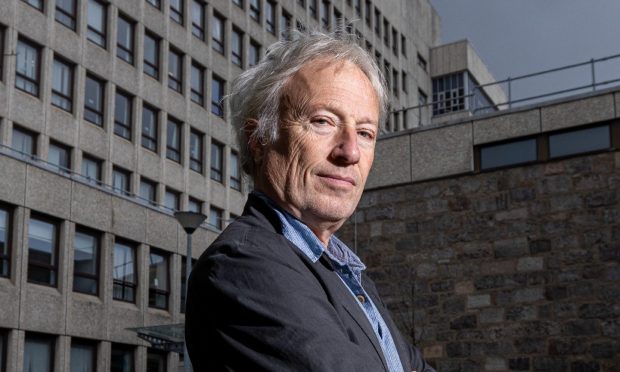
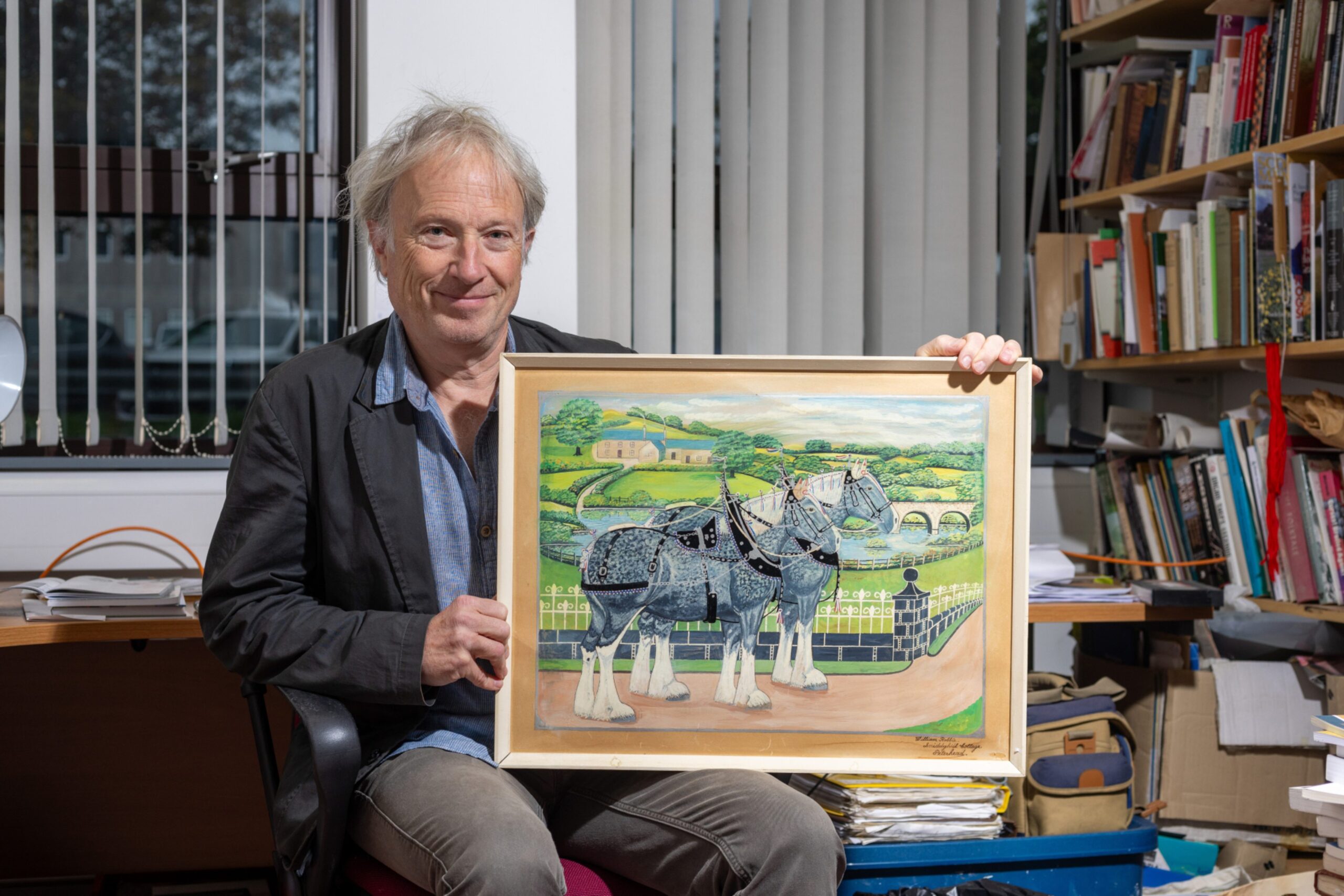
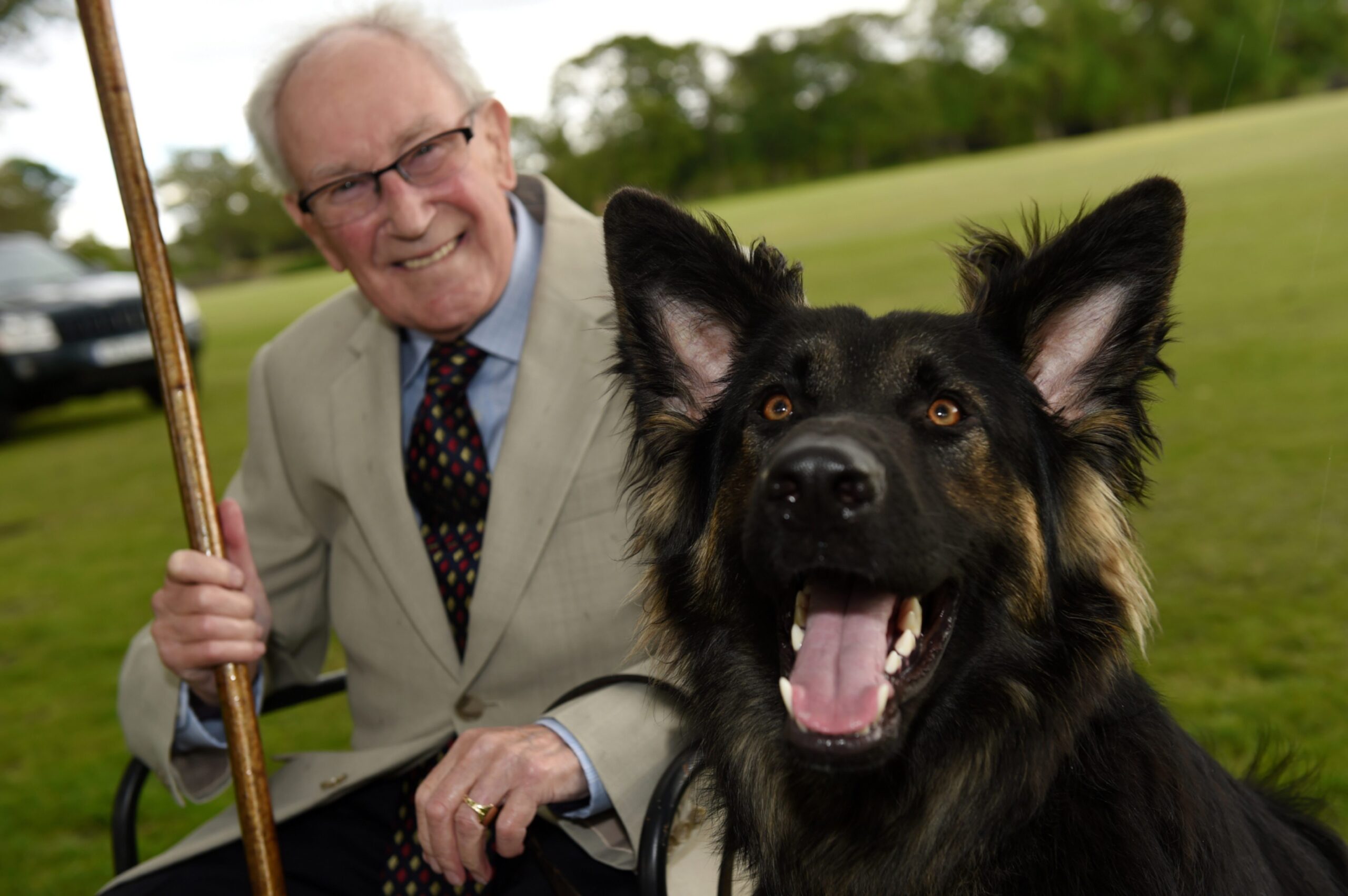
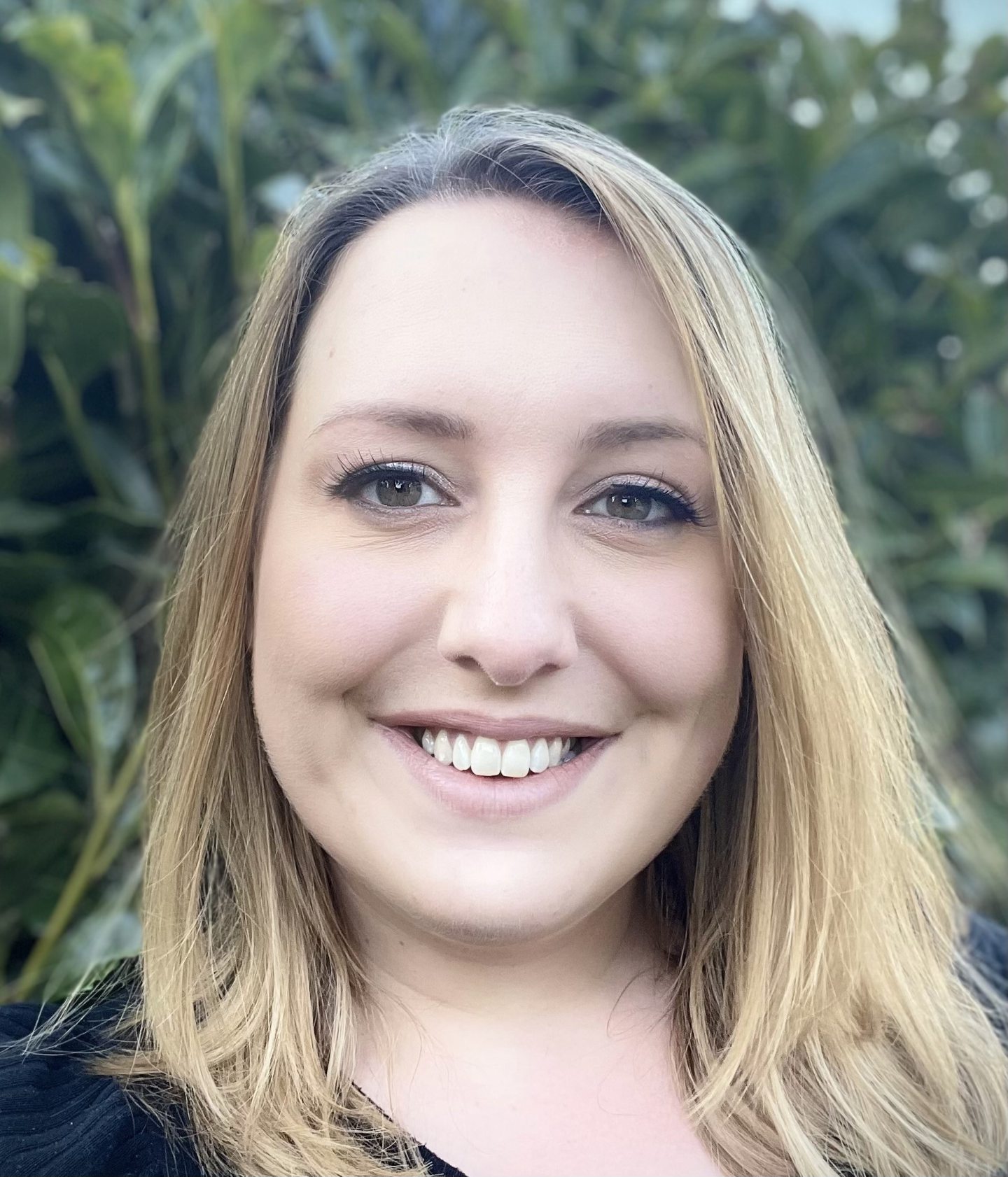
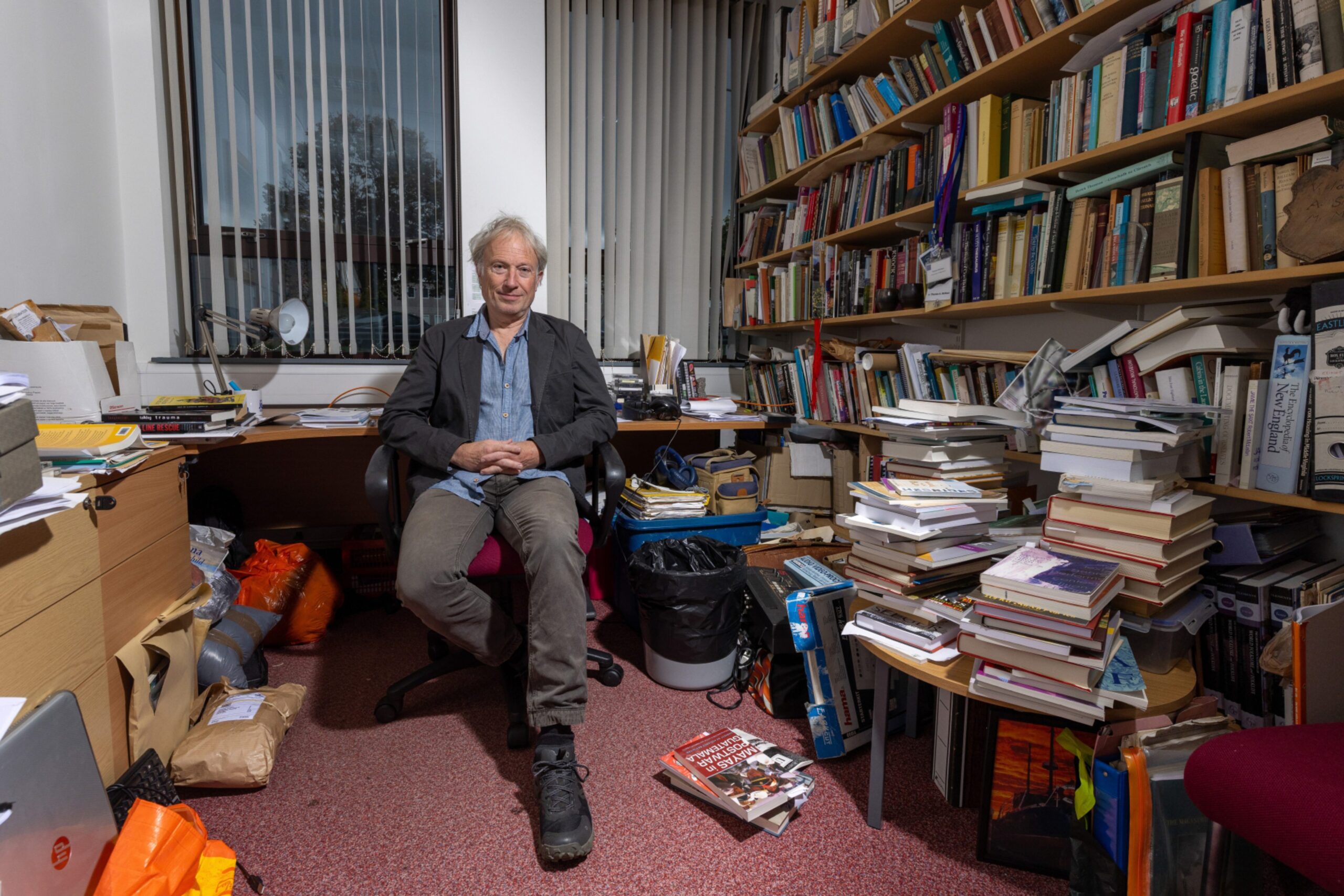
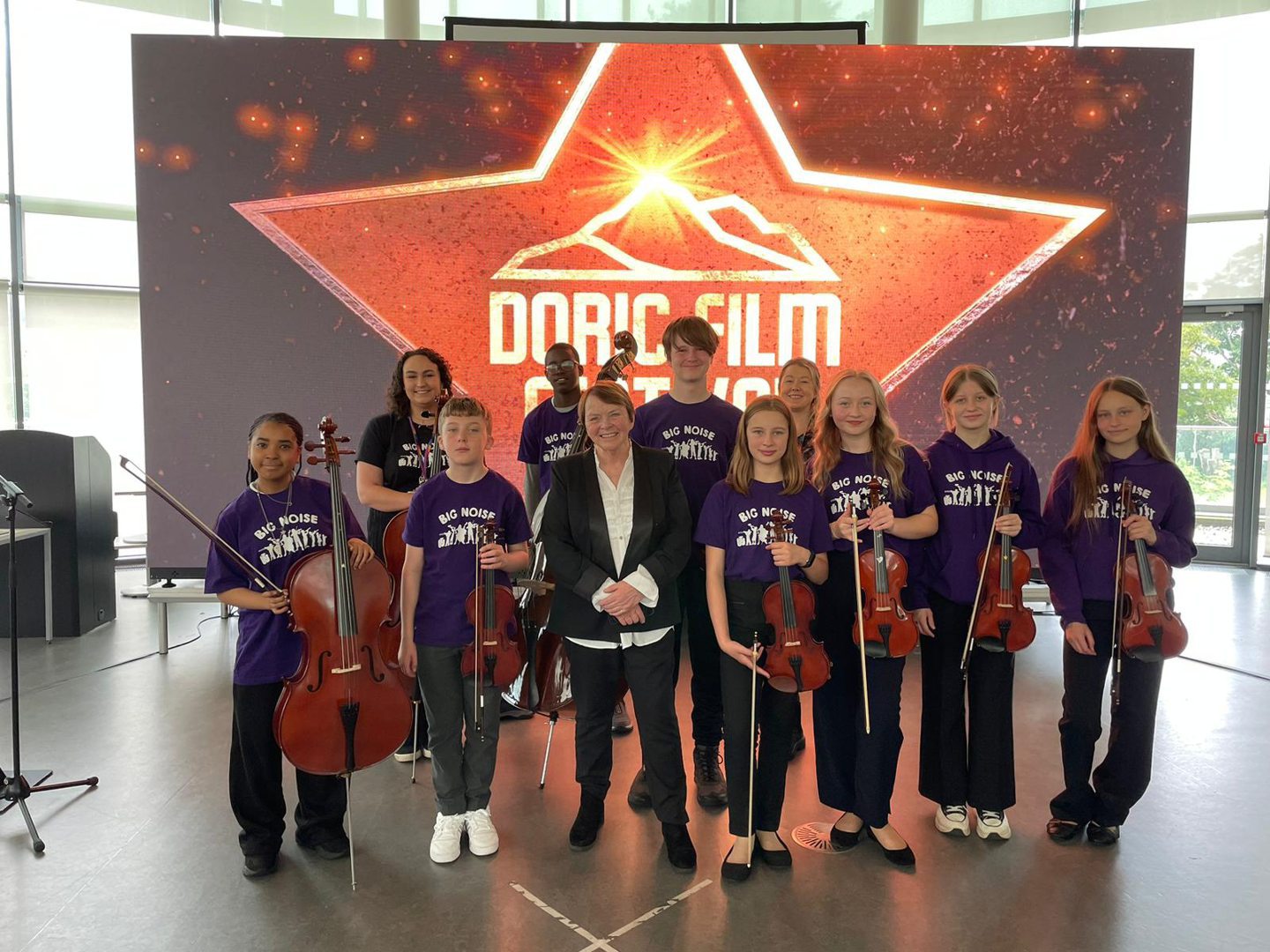
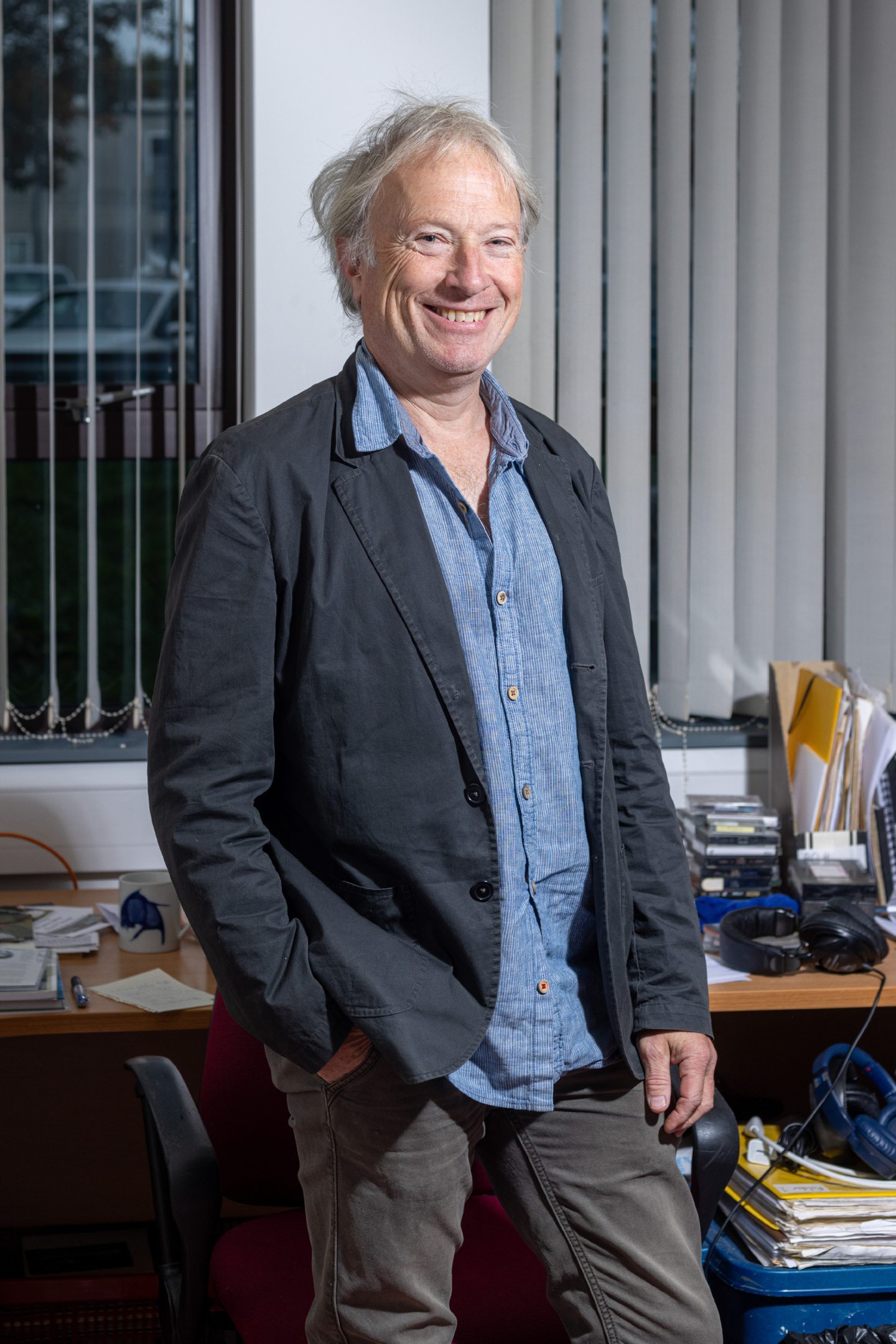

Conversation